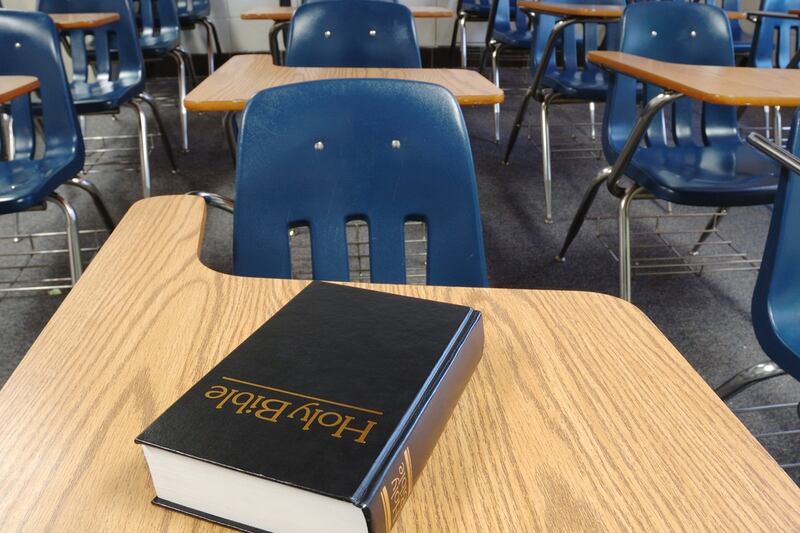Successive governments have spent the best part of a decade kicking the can down the road on how to fund higher education into the future.
In the meantime, universities have complained of a crisis in the sector due to under-investment, crowded classes, outdated equipment and sliding international rankings.
Students, too, have clamoured for more to be done to ease crippling costs which include the €3,000 registration fee , the highest in the EU, and soaring accommodation costs.
Little wonder, then, that Minister for Further and Higher Education Simon Harris describe a long-awaited funding plan for the sector, published on Wednesday, as a "landmark" day.
But what impact will the announcement have?
For students and families, the aim is to reduce to cost of third level education over time.
That could see the €3,000 registration fee cut by increments of about €500 annually - depending on economic circumstances - over the next three years.
Heading into the next general election, the registration fee could well be down to €1,500.
The plans also pledge to increase student grants and lower eligibility thresholds so more families will qualify. Again, the extent of this will depend on future budget negotiations.
These measures are badly needed. For example, latest estimated costs for a student to study away from home in Dublin is €13,827, according to TU Dublin. For a student who can live at home, the costs are €6,636.
While just over 40 per cent of students are entitled to grants, they don’t cover those kinds of costs.
The reality, then, is that moves to cushion the cost of third level will take several years and may have limited impact given the high cost of living and soaring rents.
And what does the funding accouchement mean for universities?
The plan includes additional investment in core funding, €307 million, over the next three budget or so, in addition to the the current €2 billion annual spend on higher education.
The additional funding is significant, but is it transformational? Given that this year there was an additional €118 million or so spent on higher education, the Government just needs to keep doing what it has been doing for three more budgets.
Of more significance is what will be expected in return: universities will be required to improve staff-student ratios, address skills gaps, create stronger links with further education courses and boost access to under-represented groups in society.
There is huge potential here but more clarity will be needed on the level of ambition.
For example, will the freeze on recruitment, known as the employment control framework, be lifted? How many university courses will be opened up to post-leaving cert students? And will funding pledges survive the budget process when health and housing require more funds?
It remains to be seen, but if the opportunities are seized, there is the potential to ensure Irish higher education can climb up rankings, improve the quality of courses and give school-leavers more options outside the CAO points race.
















